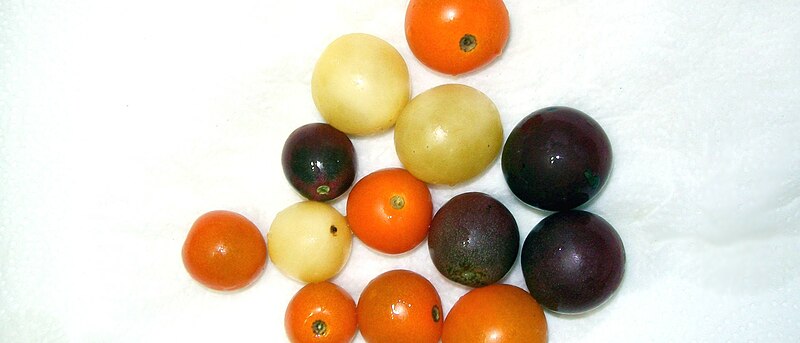
From Eurekalert (August 16, 2011), we learn: “Nature reaches for the high hanging fruit”:
In the first study of its kind, researchers have used tools of paleontology to gain new insights into the diversity of natural plant chemicals. They have shown that during the evolution of these compounds nature doesn’t settle for the ‘low-hanging fruit’ but favours rarer, harder to synthesise forms, giving pointers that will help in the search for potent new drugs.
Rather far-sighted on nature’s part, wouldn’t you say?
Pepper, tomato, and potato plants ( Solonanceae) synthesize unique terpenes to ward off pathogens. (Terpenes are also used in pharmaceuticals and manufacturing.)
“The big question is how plants have evolved to make these chemicals,” said Dr ÓMáille. Acting on the assumption that the plants evolved in such a way as to produce the simplest terpenes most easily, the researcher report that
“We discovered a perplexing disparity between the predicted and natural abundance of terpenes. The common terpenes we see in nature are predicted to be quite rare, based on the chemistry. On the other hand, the terpene forms predicted to dominate are scarcely seen in nature.” said Dr Ómáille.
“Nature in fact reaches for the higher-hanging fruit, skewing chemical reactions to favour rarer chemicals. This suggests an adaptive significance to the distribution of chemicals produced by plants.”
It suggests something else as well: Design is the only reasonable explanation for the advance planning these plants illustrate. And because the researchers can’t talk about it, they have to personify nature.